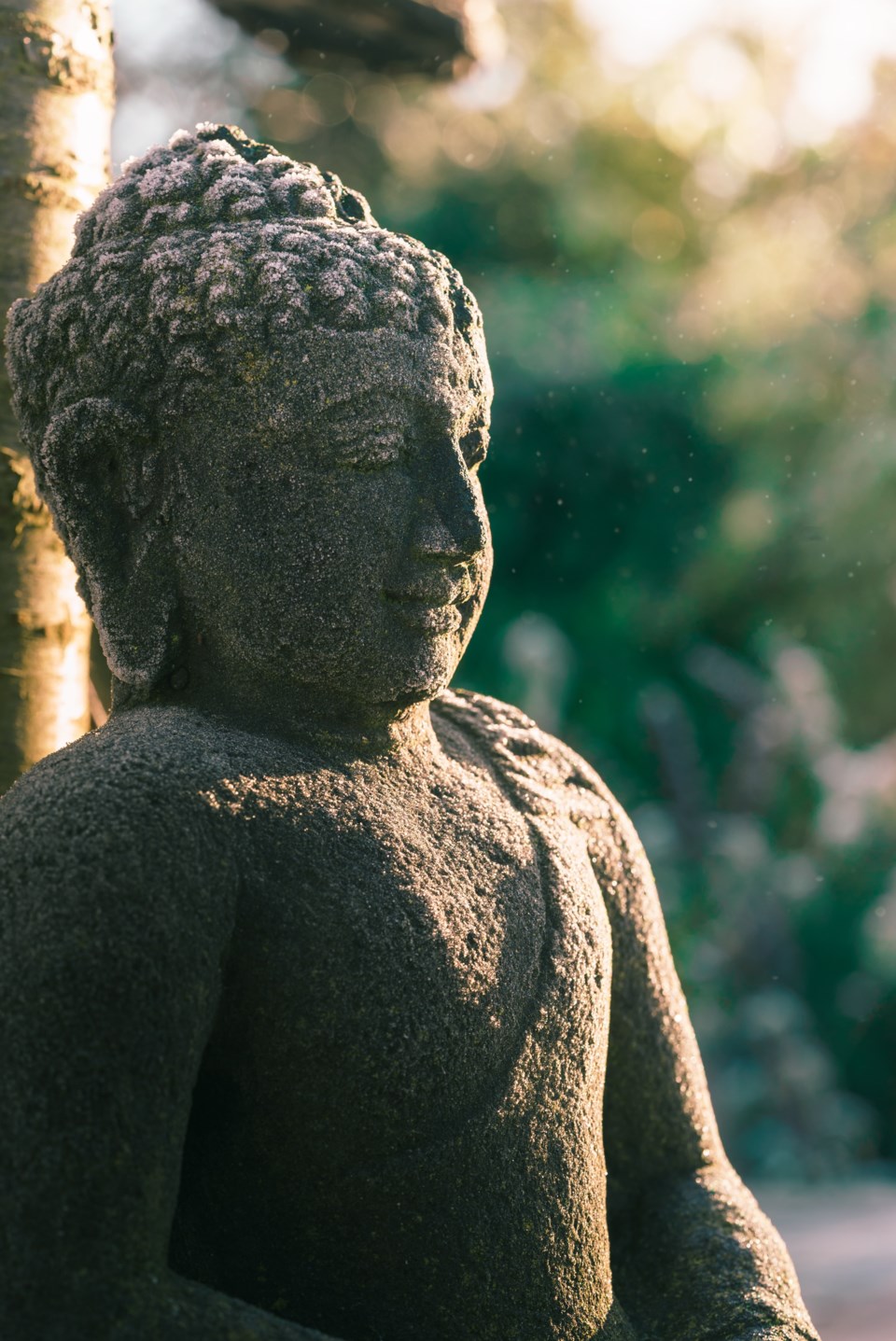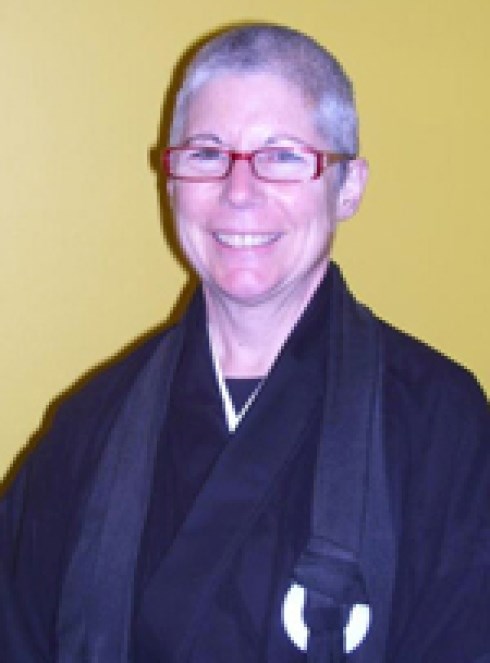 I remember when I was little, maybe kindergarten age, when I was told by an adult that I shouldn’t despise worms. I had only just learned that the appropriate reaction to earthworms was to squeal and run away. Now here was someone telling me I was bad for not loving them and all creatures.
I remember when I was little, maybe kindergarten age, when I was told by an adult that I shouldn’t despise worms. I had only just learned that the appropriate reaction to earthworms was to squeal and run away. Now here was someone telling me I was bad for not loving them and all creatures.
There are many cultural layers to this vignette, such as growing up without grandparents nearby, thus not being exposed to family stories, the wisdom of elders, and particular knowledge of place such as how to grow food. But at the moment I want to focus on this story as an example of the shame-based teaching many of us have been exposed to. As a little girl I was confused and saddened, and decided I didn’t really like that grownup. I didn’t have the verbal skills at the time but looking back with adult understanding, I wanted to be validated for learning a new social skill (scream and run) – this is important little-girl work.
As a practising Zen Buddhist I revel in the accepting nature of this tradition. Whereas my own culture piled on the shame (telling me repeatedly when I did something wrong that I was bad), Buddhism is based on our innate perfection. We are already awake! We just don’t realize it yet.
Another thing I love about Zen Buddhism is that it’s inclusive. Everyone has the potential to awaken, and so all are welcome.
The practise is to investigate, to see and let go of our baggage, to let go of analytical mind as our default and learn to use it when we need to solve problems. The rest of the time we can be in our hearts, see that we live in relationship with all beings and all things. This opens us to feelings of playfulness and joy, as well as compassion for our own pain and for the pain of the world.
In Buddhist practice there are no commandments, because this path is an investigation, a continual returning to the moment with a sense of curiosity. However, there are guidelines (the Sila) for our behaviour. The Sila are impossible to keep perfectly, but the process of wrestling with them is engaging and beneficial. It allows us to pay attention to the consequences of our actions and teaches us to value skillful means. Another important outcome: it teaches us not to latch on to beliefs as solid and unchangeable things, but to keep an open clear mind.
We are invited to sit, to develop a daily practice, not to gain a new skill or add something in to a basically flawed being, but to drop our baggage, to unlearn habits of mind that keep us running like rats down the same old tunnels with no cheese.
During the process of investigation we may cry in grief, or let anger fly, but eventually regain our innate ability to laugh and to love deeply. We become more whole, able to feel the pain of our own existence, that of others subject to deep injustice in this world, and at the same time, to also renew our feelings of caring, love, and joy. No longer deluded by denial we begin to experience the world directly, through our broken hearts.
Seeing the tragedy of craving for material things and power overwhelm the world’s nations and leaders, overwhelm the earth’s intricate balance, how can we survive the pain?
The Buddhist approach to suffering is to learn from the Buddha: there is suffering, there is an end to suffering, and there is a path to the end of suffering. The path to the end of suffering involves being awake in all areas of our lives to the human tendency towards craving what we like, avoiding what we don’t like, and living in denial.
This solution seems random on the surface, but leads to a deep investigation of our nature as human beings. We can start by asking some basic questions: Who are we really? What are we doing here? Seeing the pain of the world, how will I act for the benefit of all beings, here in my community?
Without shame or blame, we can take up the practice of mindfulness –paying attention to how we live our lives, living them as ethically as possible, dampening our human tendencies towards craving and aversion, and seeing our interdependence with all things.
Then we can take this grounded, open-minded and compassionate state into our activism, standing up for the under-housed, the oppressed, and this beautiful planet with both passion and wisdom.
 Rev. Soshin McMurchy is a priest with Zenwest Buddhist Society, zenwest.ca, and serves as the Buddhist Chaplain with the University of Victoria Multifaith Services where she teaches meditation. She works part-time at the Greater Victoria Public Library and lives in Victoria with her partner of 40 years.
Rev. Soshin McMurchy is a priest with Zenwest Buddhist Society, zenwest.ca, and serves as the Buddhist Chaplain with the University of Victoria Multifaith Services where she teaches meditation. She works part-time at the Greater Victoria Public Library and lives in Victoria with her partner of 40 years.
You can read more articles from our interfaith blog, Spiritually Speaking. HERE
Teachers:
Kosen Eshu Martin, Osho zenwest.ca
KokanGenjo Marinello Osho choboji.org
Some Resources:
The Logic of Faith by Elizabeth Mattis Namgyel . Shambala Publications 2018.
Sanctuary by Zenju Earthlyn Manuel. Wisdom Publications 2018.
International Dharma Teachers’ Statement on Climate Change (2014)
https://oneearthsangha.org/articles/dharma-teachers-statement-on-climate-change/
Photo of Buddha by Andreas Dress on Unsplash


